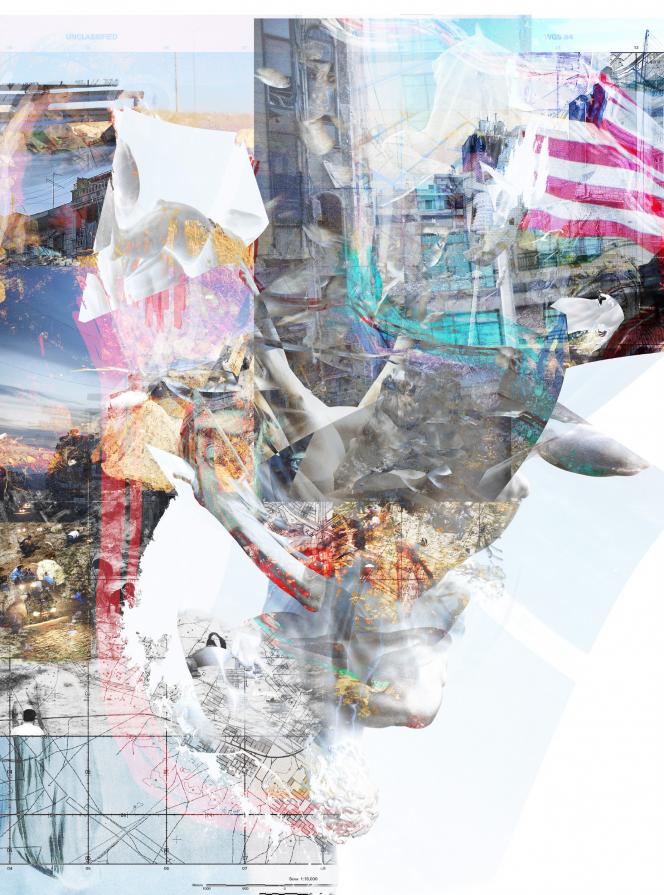Rhizome 02
“1 and 2. Principles of connection and heterogeneity: any point of a rhizome can be connected to anything other, and must be.
3. Principle of multiplicity: it is only when the multiple is effectively treated as a substantive, “multiplicity,” that it ceases to have any relation to the One as subject or object, natural or spiritual reality, image and world.
4. Principle of asignifying rupture: against the oversignifying breaks separating structures or cutting across a single structure. A rhizome may be broken, shattered at a given spot, but it will start up again on one of its old lines, or on new lines.
5 and 6. Principle of cartography and decalcomania: a rhizome is not amenable to any structural or generative model. It is a stranger to any idea of genetic axis or deep structure.”
Gilles Deleuze and Félix Guattari, A Thousand Plateaus: Capitalism and Schizophrenia, Continuum, London – New York, 1988
“Through his art practice he is investigating the changing nature of reality and visual representation in the digital age, exploring the new qualities and limitation of the digital image in its networked environments.”
Christopher Vanja – Gallery and Project Manager at Art Basel, Switzerland
Data Traffic
Data Traffic is based upon a continuous manipulation of images. These are intersected, mixed and fused together through the use of software, digital technologies and manual intervention. The denial of the single image brings to assemblages in which the elements are no longer separable but rather become part of multi-layered networks. This process visualizes synthetically the complexity of the digital age, its fragmentation and acceleration, the accumulation and ubiquity of images. It also reflects on the broad crisis of visual representation.
The Baroque refers not to an essence but rather to an operative function,
to a trait. It endlessly produces folds. It does not invent things: there are
all kinds of folds coming from the East, Greek, Roman, Romanesque,
Gothic, Classical folds. … Yet the Baroque trait twists and turns its folds,
pushing them to infinity, fold over fold, one upon the other. The
Baroque fold unfurls all the way to infinity.
The Fold, Leibniz and the Baroque, Gilles Deleuze, The Athlone Press, Great Britain, 1993
“Through his art practice he is investigating the changing nature of reality and visual representation in the digital age, exploring the new qualities and limitation of the digital image in its networked environments.”
Christopher Vanja – Gallery and Project Manager at Art Basel, Switzerland
Data Traffic
Data Traffic is based upon a continuous manipulation of images. These are intersected, mixed and fused together through the use of software, digital technologies and manual intervention. The denial of the single image brings to assemblages in which the elements are no longer separable but rather become part of multi-layered networks. This process visualizes synthetically the complexity of the digital age, its fragmentation and acceleration, the accumulation and ubiquity of images. It also reflects on the broad crisis of visual representation.























Comments 0
Say something